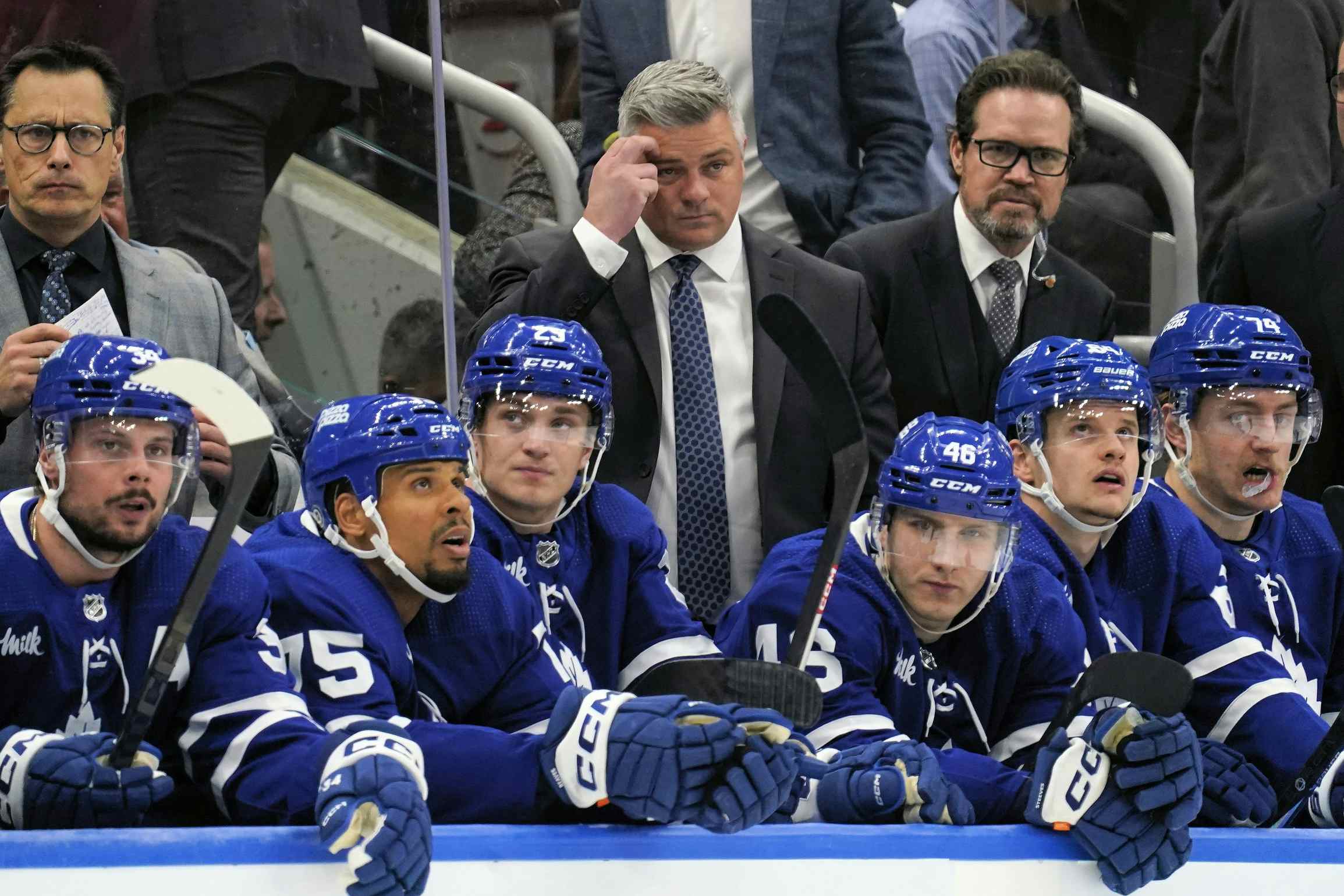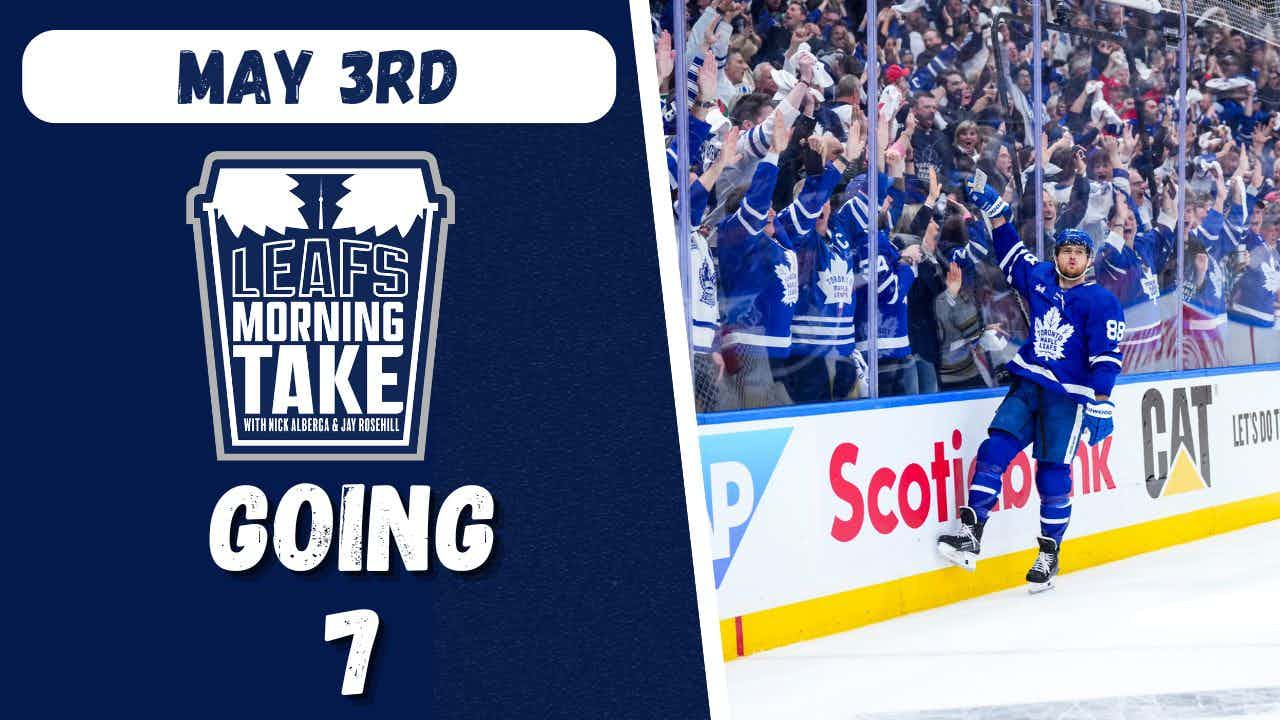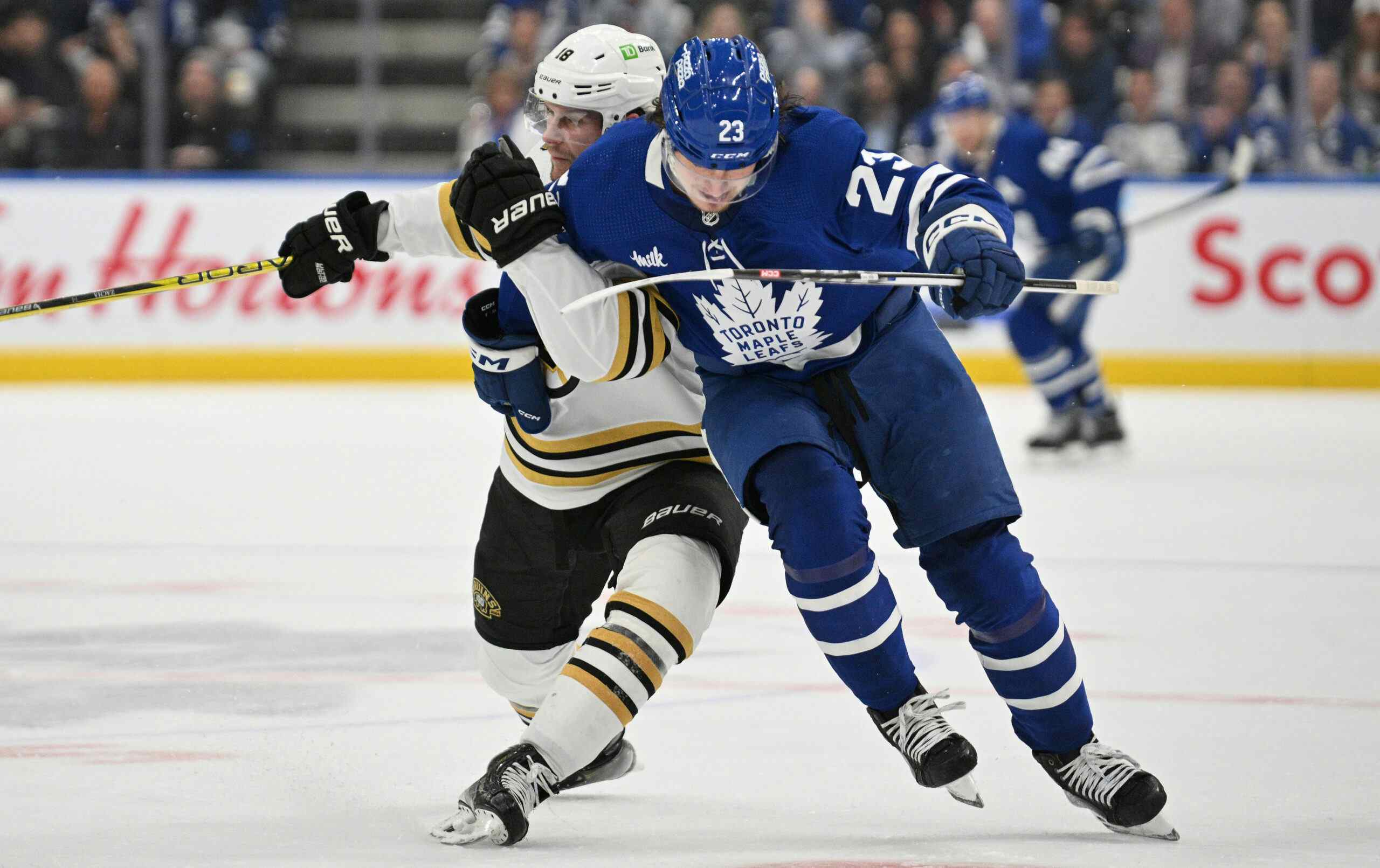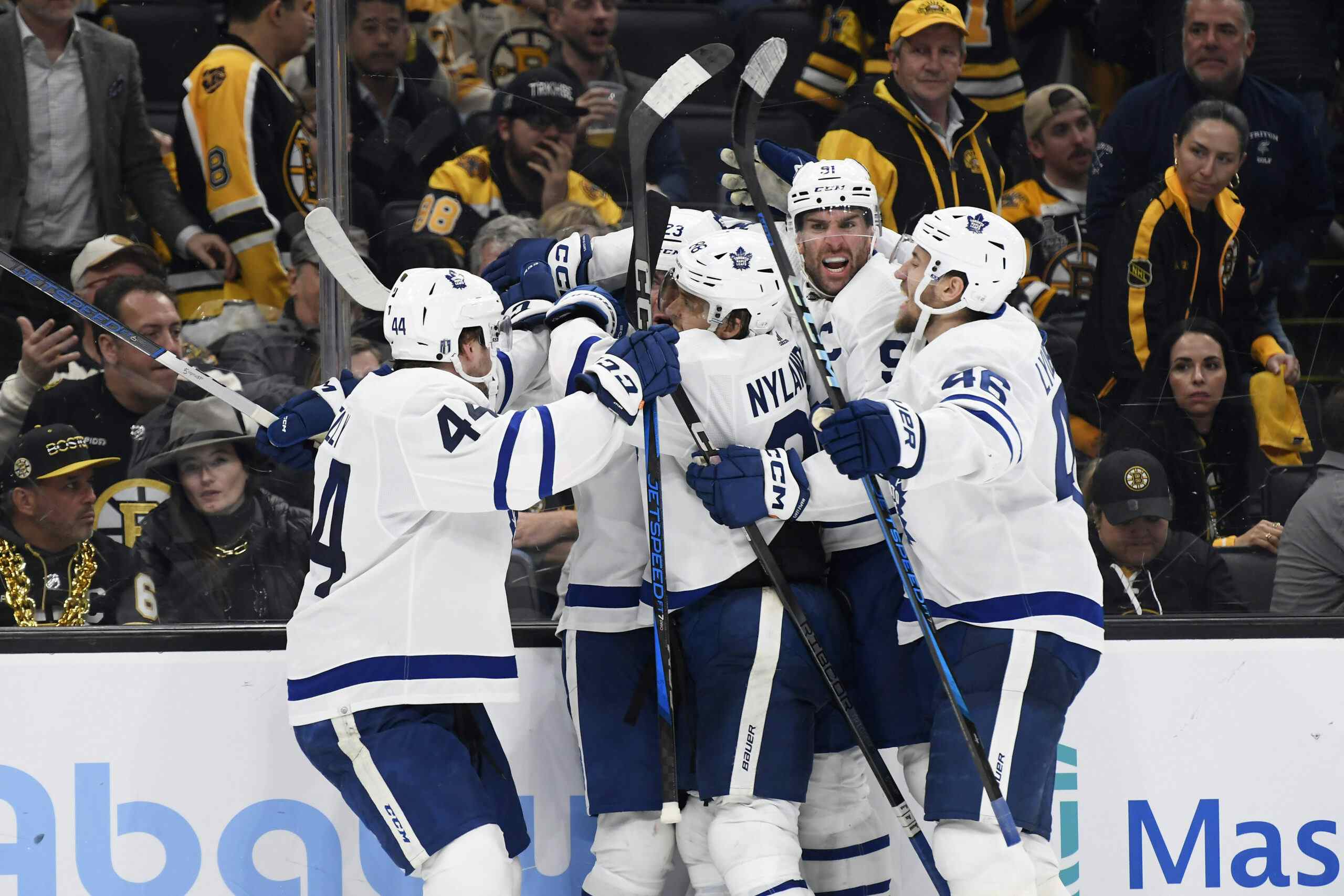Comparing Holdouts – How Le’Veon Bell Compares to William Nylander

By Ryan Hobart
5 years agoThere are many differences between the sports of American football and hockey. One uses a ball, the other a puck. One has 20 people playing at a time, the other only has 12. One place where they don’t differ, though, is that there can be contract holdouts that significantly hinder a team’s designs in roster construction.
It’s hard to go anywhere these days without hearing about the contract holdout of William Nylander. The 21-year-old Leafs forward is due for a new contract, and at the moment there’s too great a separation between the two sides to get things done.
Similarly, sports media is abuzz with the recent news that Le’Veon Bell will not report to the Pittsburgh Steelers this season over a similar contract holdout. The deadline was yesterday at 4 p.m. for him to decide to play this season, and the decision was no.
The Leafs and Nylander face a similar deadline on December 1st, after which point Nylander will no longer be eligible to play in the NHL. It seems prudent to take a look at the situation between the Steelers and Bell, in an effort to draw comparisons where applicable, and make every effort to ensure the same result doesn’t occur with Nylander.
Nylander Situation
I’ll keep this section brief, since many are aware of the details of what’s going on with the Leafs and Nylander. The major pieces to know are as follows:
- The Leafs have until Dec 1 to sign Nylander, as mentioned above.
- He is a Restricted Free Agent (Group II) , so if they do not sign him this season, they will still hold his rights next season and all seasons until he is 27
- Other teams can submit an offer sheet to him to try to pry him away from the Leafs.
- Nylander is eligible to be traded, where the new team would have to also sign him before Dec 1
It’s understood that Nylander is looking for a long term deal with the Maple Leafs. The feeling is that this is for more than $7M per year, while the Leafs are offering their own long term deal worth a little more than $6.5M per year. Nylander apparently rejected an offer worth $40M over 6 years, equaling $6.667M per year (though this rumour was denied).
Bell Situation
The NFL salary cap structure is much different than the NHL’s. The main function is the same; each player has a salary and bonuses, which equate to an Annual Average Value (AAV), which counts towards the salary cap. Teams must stay under this cap for the duration of the season. Because of the attrition rate of players in that league, the contracts are more bonus-laden, with some “guaranteed money” (i.e. salary) to go along with that.
A key element that is different is that NFL has the option of a franchise tag. For the last two years, the Steelers have tagged Bell using what’s called an “Exclusive Franchise Tag”. Here are the two major rules with respect to exclusive franchise tags that play into the Bell situation:
- An “exclusive” franchise player must be offered a one-year contract for an amount no less than the average of the top five salaries at the player’s position as of a date in April of the current year in which the tag will apply, or 120 percent of the player’s previous year’s salary, whichever is greater. Exclusive franchise players cannot negotiate with other teams. The player’s team has all the negotiating rights to the exclusive player.
- Consecutive franchise tags are allowed; however, for a player to be tagged two straight years, the team must pay 120 percent of the player’s previous salary. If it is three-straight years, the team must pay the player 144 percent of his previous salary, or an average of the top 5 salaries at the highest paid position – whichever is highest. Reference from Wikipedia.
Le’Veon Bell is demanding a contract somewhere north of $15M per year, which would make him the highest paid running back in the league, ahead of Todd Gurley III who recently signed a 4-year, $60M contract, of which $45M is guaranteed (an annual average of $15M).
Bell publicly confirmed that last year he had rejected a contract offer from the Steelers:
Where did it go wrong for Bell and Pittsburgh?
Bell has made his feelings very clear throughout the situation, including launching a rap career seemingly dedicated to airing his frustrations over the negotiations.
The Steelers obviously are not making their position as public, but they are going to be very tight up against the cap next season, so their motives are clear. It’s in their best interest to keep Bell’s future deal as low as possible, through any means necessary.
This article from 247Sports by Sam Quinn has a good breakdown of how things slowly went wrong. Here are the main sticking points:
- Steelers franchise tagged Bell in 2016 for $12.1M, causing some frustration, and brief holdout only until the end of training camp
- Steelers franchise attempted to tag Bell in 2017 for $14.5M, and Bell is not willing to accept the deal
- Bell wants the contract to reflect that he’s as much a receiver as he is a running back (Steelers WR Antonio Brown will make ~$22M starting next year)
- The comparable of Todd Gurley III seems to be a sticking point, as Bell appears to want a deal worth equal or more.
- Bell decides to hold out for the season.
Clearly, the Steelers and Bell are too widely separated for them to get the deal done. Whether one or the other is mistaken is hard to tell, it seems like Bell may be asking for more than he can get. Is he the best running back in the league? There’s enough evidence that he is to make a case, but most would give that honour to Gurley III.
Comparing the handling of Bell to Nylander
Obviously with Nylander and the Leafs, there isn’t the franchise tag option. The similarities seem to circle around the player feeling that they’re more valuable than the team is willing to admit. The Leafs seem to be about a million dollars short, which is similar to where the Steelers seemed to sit with Bell.
The Leafs, like the Steelers, are going to be pressed with cap issues next season. The Matthews and Marner deals will kick in (assuming they don’t hold out as well), and with Marleau still on the books for one more year, and potential bonus overages from this year, things could get very tight.
With Nylander, similar to Bell, there is a comparable that wedges its way into the negotiations. As mentioned above, Pastrnak makes $6.667 per year for 6 years. This deal began at the start of the 2017-18 season, at a cap hit percentage of 8.89%. The cap for 2018-19 is $79.5M, and so applying the same cap hit percentage, Nylander’s comparison to Pastrnak should equate to $7.067M. It’s hard to argue that Nylander is better than Pastrnak, with the latter earning nearly 20 points more than the former last season. However, given their roles, it seems fair to argue that Nylander should be in the neighbourhood of Pastrnak. As such, a $7M ask seems to be fair (though we don’t know if that’s actually where things stand).
Applying the same logic to Bell and Gurley III, the latter’s deal is worth a cap hit percentage of 8.47%, with a salary cap of $177.2M. The cap is projected to grow to $190M by Overthecap.com for the following season, meaning Bell’s deal should be in the neighbourhood of $16M. If this is what Bell is going for, that also feels like a fair ask.
Bell and Nylander are both showing that some players are not willing to bend to help the team, and holding out is their only weapon to use in that dispute. Bell also showed that he’s willing to push it to the point of holding out for the whole season, in hopes of getting what he’s worth next year. For the Leafs to avoid Nylander doing the same, it feels like they’ll have to be the ones that bend, or they’ll be forced to be without Nylander for the year.
No one wants it to end with a season-long holdout, but if no one budges on the long term deal, the only other real options are a bridge deal for shorter term, or a trade, and it doesn’t seem like either party is willing to go in either of those directions. Ultimately, this doesn’t look promising to resolve itself in time. Especially now that we’ve seen someone push it past the breaking point, this may open the doors to a scary place where players actually have rights.
Recent articles from Ryan Hobart





